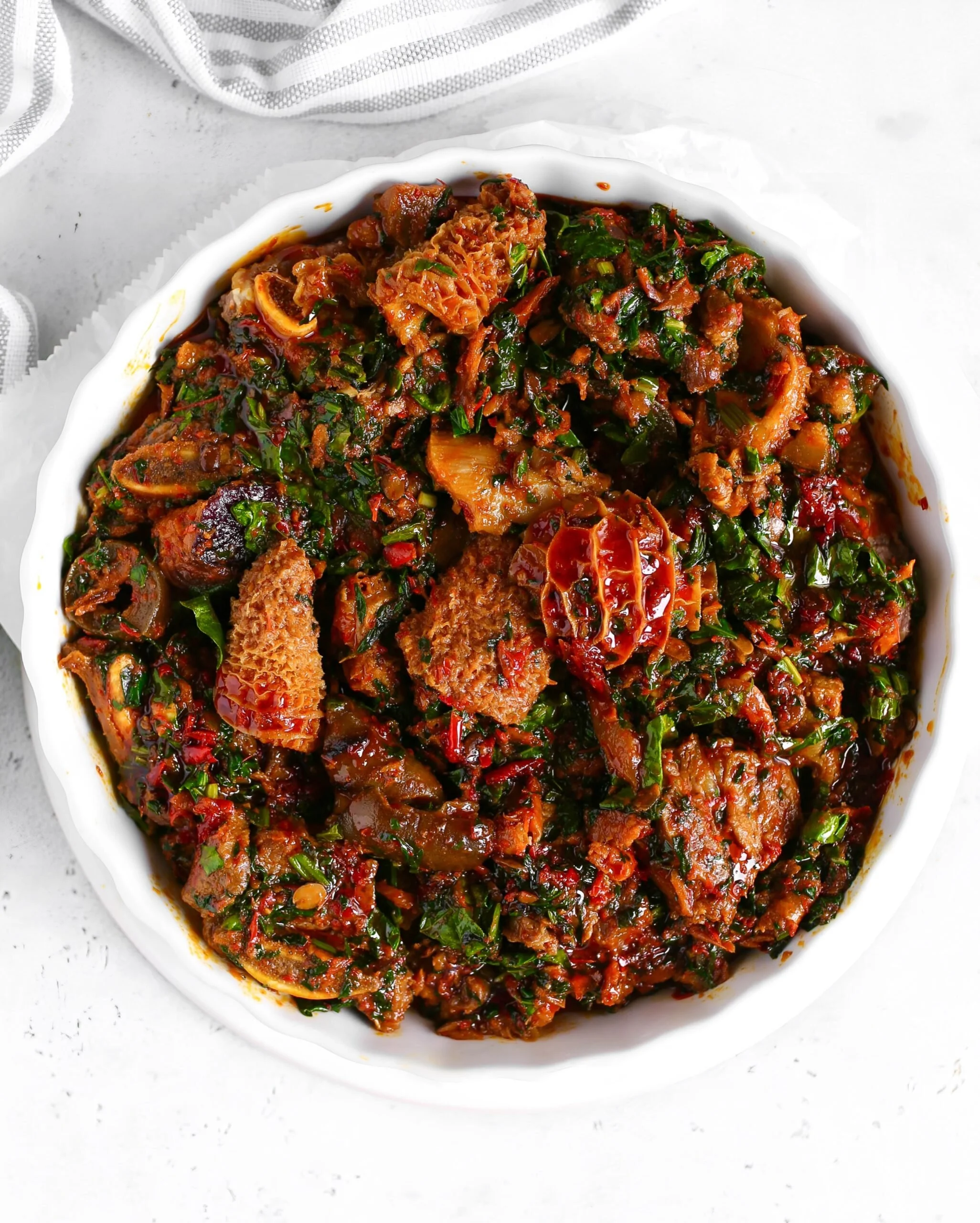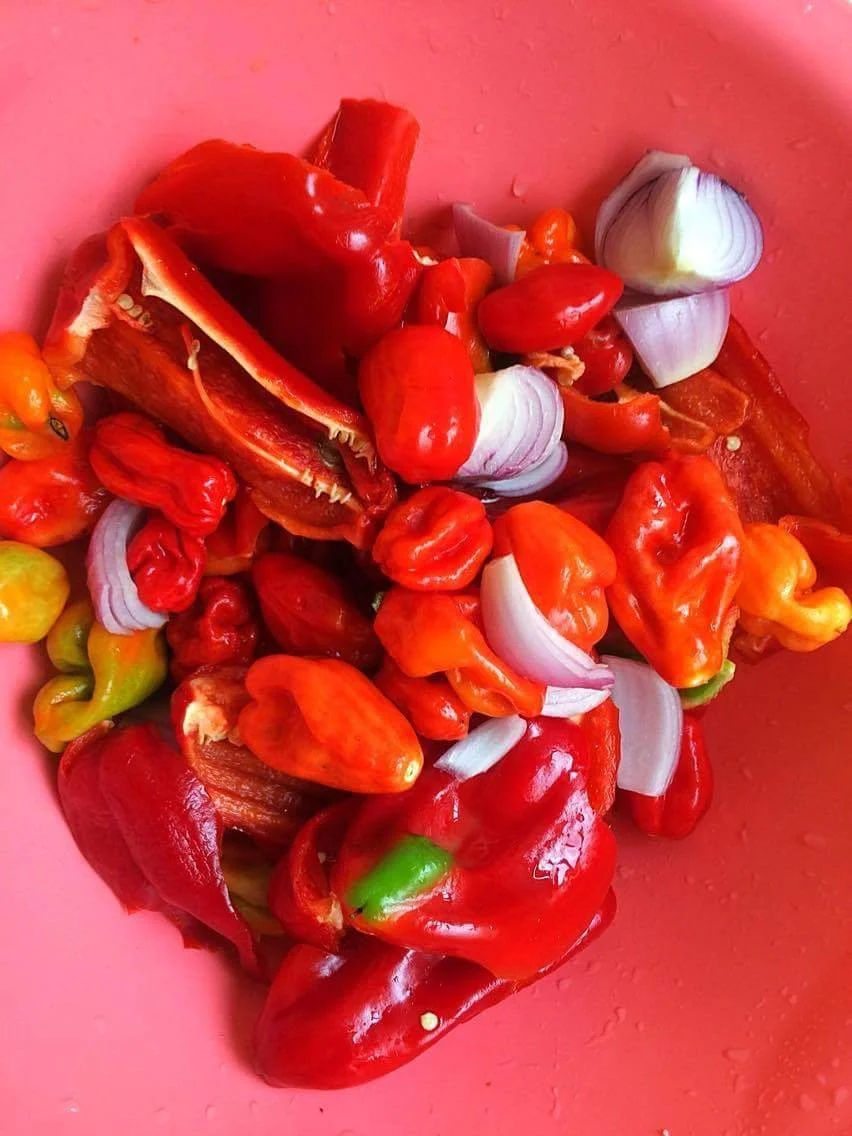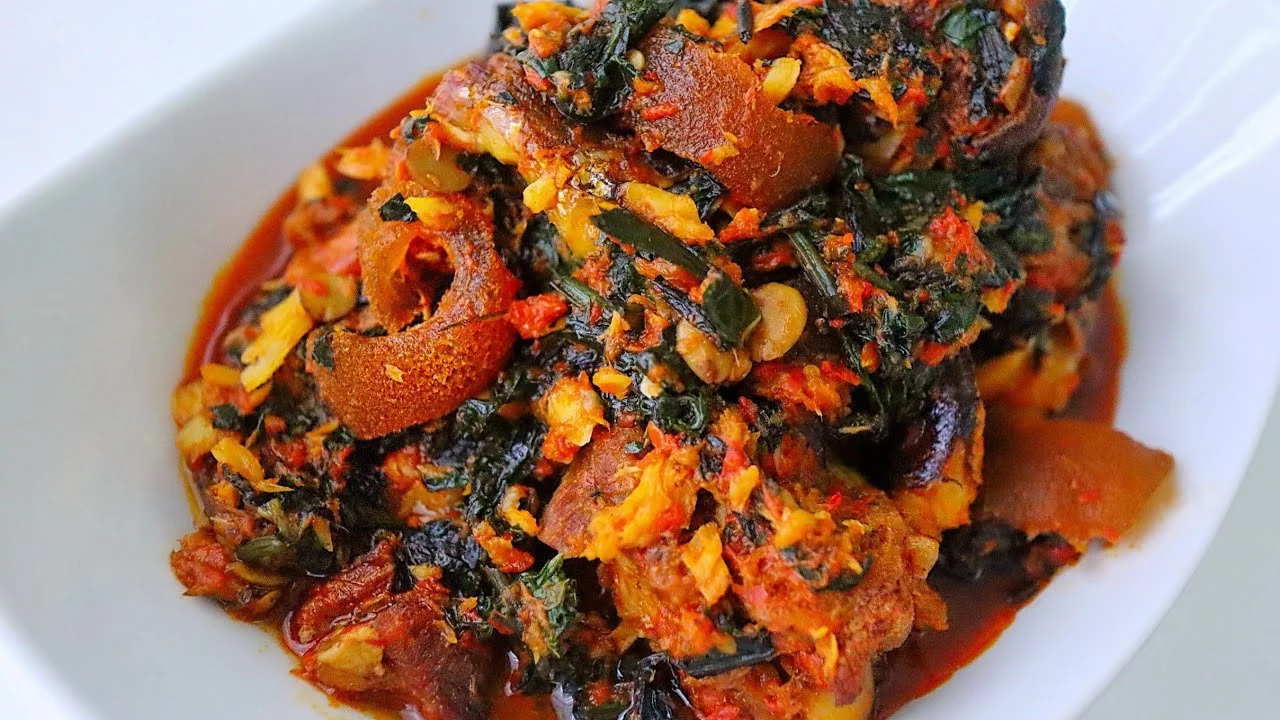Efo Riro to the World: The Yoruba Vegetable Stew That Conquered Palates
By: Chimdindu Ken-Anaukwu
Efo Riro isn’t just food—it’s heritage, identity, and comfort in a single bowl.
To a Yoruba person, this dish doesn’t just whisper nostalgia—it sings it. The scent of fried onions in palm oil. The vibrant green of sautéed vegetables. The warmth of pepper on your tongue. It tastes like Sunday after church. Like grandma’s house in Ibadan. Like coming home.
But Efo Riro has gone beyond Nigerian kitchens. From food trucks in Toronto to restaurants in Berlin, this beloved stew is being celebrated around the world. So, what makes it so special?
Let’s dive in.
A Brief History of Efo Riro
“Efo” means leafy vegetables, and “Riro” means to stir. So Efo Riro literally means “stirred leafy greens.” But don’t let the name fool you—this is no plain vegetable soup.
Efo Riro originated among the Yoruba people of southwestern Nigeria. It has long been a staple of traditional Yoruba cooking, especially in states like Oyo, Osun, Ekiti, and Lagos.
While variations exist across regions, the common thread is the use of green vegetables like fluted pumpkin (ugwu) or spinach, rich palm oil, blended peppers, and assorted proteins. It’s hearty. It’s flavorful. It’s deeply Yoruba.
The Sensory Experience: What Efo Riro Feels Like
Cooking Efo Riro is an act of love. A dance between heat, spice, and scent.
The red oil sizzling as you pour in the pepper mix. The aroma of iru (locust beans) sending out its funky, beloved announcement that this stew means business. The deep green leaves folding into the bubbling red base. The steam rising. The pepper tickling your eyes. It’s not just food—it’s an experience.
When the stew hits the plate—whether with rice, amala, pounded yam, or eba—it brings silence to the table. Not out of formality, but respect. Because that first spoonful demands your full attention.
What You’ll Need to Make Efo Riro
Main Ingredients:
Fresh spinach or fluted pumpkin (ugwu): 3–4 cups, chopped
Assorted proteins (beef, tripe, cow skin, smoked fish, stockfish)
Ground crayfish: 1 tablespoon
Locust beans (iru): 2 teaspoons
Pepper Mix:
4 red bell peppers (tatashe)
2 scotch bonnet peppers (atarodo)
2 medium onions
2 medium tomatoes
Base Ingredients:
Palm oil: 1/4 to 1/2 cup
1 bouillon cube (or to taste)
Salt (to taste)
Step-by-Step Instructions
Step 1: Prep the Pepper Mix
Blend your tatashe, tomatoes, atarodo, and onions until smooth. Set aside.
Step 2: Boil the Proteins
In a separate pot, season and boil your meats and fish until tender. Save the stock—it’s liquid gold.
Step 3: Sauté the Base
Heat palm oil in a large pot. Add chopped onions and iru, fry until fragrant. Then pour in the blended pepper mix. Let it fry until the oil floats—about 15–20 minutes.
Step 4: Add Protein and Crayfish
Stir in your meats, smoked fish, stock, crayfish, and seasoning. Simmer for 10 minutes.
Step 5: Add the Greens
Now add your chopped greens. Stir and cook for another 5–7 minutes. Don’t overcook—you want that vibrant color.
Boom. Efo Riro is ready.
What It Means to Us
In Yoruba homes, Efo Riro isn’t just a dish—it’s a default. The answer to “what are we eating today?” The thing you ask for when you’re sick, or when you just want something familiar.
It brings generations together: elders remember it from their village kitchens, while young Nigerians are remixing it with vegan twists and air fryer hacks.
Diaspora communities are also spreading the love. It’s proudly served at weddings, Sunday dinners, and jollof-off parties abroad. Chefs are plating it with quinoa or stuffing it in tacos. And somehow—it still works.
Yoruba Language Tips
Here’s how to talk about your new favorite stew like a proper Yoruba foodie:
"Efo Riro" = stirred vegetables
"Mo fẹ́ jeun Efo Riro" = I want to eat Efo Riro
"Ó dùn gan!" = It is very delicious!
Want more Yoruba words in your kitchen? The NKENNE app has interactive lessons, audio guides, and food-specific phrases.
Learn Culture Through Flavor
Learning a language is more than memorizing verbs—it’s tasting the culture, one bite at a time. Whether you're Yoruba by blood or Yoruba by love, cooking Efo Riro is your passport to something deeper.
Download NKENNE today and start learning Yoruba while exploring the roots of dishes like this one.
Àdúrà tó ni ilé, kì í kó Efo Riro sùn. (A blessed home never lacks stew.)
Let's keep the flavor—and the culture—alive.








